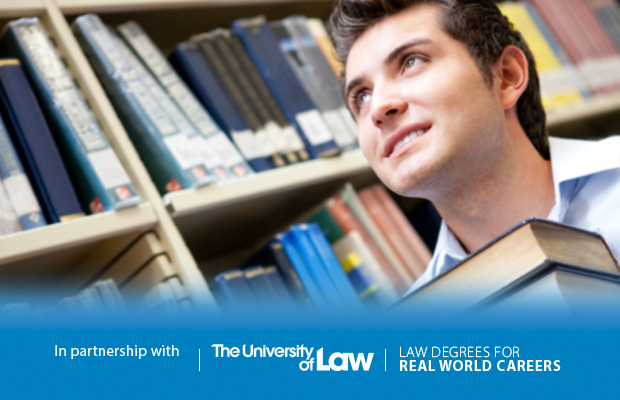i cant figure this out
https://imgur.com/92m386Z
how to differentiate ?
here is the link to the sample assesment material--https://qualifications.pearson.com/content/dam/pdf/International%20Advanced%20Level/Chemistry/2018/Specification-and-Sample-Assessment/International-A-Level-Chemistry-SAMs.pdf
how to differentiate ?
here is the link to the sample assesment material--https://qualifications.pearson.com/content/dam/pdf/International%20Advanced%20Level/Chemistry/2018/Specification-and-Sample-Assessment/International-A-Level-Chemistry-SAMs.pdf
(edited 3 years ago)
Original post by riamu
https://imgur.com/92m386Z
how to differentiate ?
here is the link to the sample assesment material--https://qualifications.pearson.com/content/dam/pdf/International%20Advanced%20Level/Chemistry/2018/Specification-and-Sample-Assessment/International-A-Level-Chemistry-SAMs.pdf
how to differentiate ?
here is the link to the sample assesment material--https://qualifications.pearson.com/content/dam/pdf/International%20Advanced%20Level/Chemistry/2018/Specification-and-Sample-Assessment/International-A-Level-Chemistry-SAMs.pdf
Since they're mixed in equimolar quantities, you need to find the pair that are different to each other, since then the rotations would "cancel out". Try visualising the second molecule in each pair, and see if you could rotate it to fit perfectly onto the first molecule - for 3 of the answers you should be able to.
Original post by Interea
Since they're mixed in equimolar quantities, you need to find the pair that are different to each other, since then the rotations would "cancel out". Try visualising the second molecule in each pair, and see if you could rotate it to fit perfectly onto the first molecule - for 3 of the answers you should be able to.
the right answer is B but it does not look like its mirror image since the hydrogen which is in the plane of paper in the first molecule is going into the page in the second molecule.please help
Original post by riamu
the right answer is B but it does not look like its mirror image since the hydrogen which is in the plane of paper in the first molecule is going into the page in the second molecule.please help
Imagine them in 3D. If you left the hydrogen where it was and rotated the other 3 so that the bromine is in the same place, you can see that the other 2 have swapped places. If they were not mirror images, you would be able to rotate it to make all of the 4 sit on themselves.
Original post by Interea
Imagine them in 3D. If you left the hydrogen where it was and rotated the other 3 so that the bromine is in the same place, you can see that the other 2 have swapped places. If they were not mirror images, you would be able to rotate it to make all of the 4 sit on themselves.
what structure are you referring to (D?) because you are saying the position of hydrogen does not change (but it does change ) though i tried a 3D model on web but that took me some time to get the groups right but certainly i cant do that during exam
Original post by riamu
what structure are you referring to (D?) because you are saying the position of hydrogen does not change (but it does change ) though i tried a 3D model on web but that took me some time to get the groups right but certainly i cant do that during exam
I'm talking about B since that's the one you referred to. If you line the hydrogen of the second molecule up with the hydrogen of the first molecule, you then have a triangle of the other 3 - if you were to look at it from the same side, can you create the same triangle order just using rotations, or would you have to reflect?
Sorry, it's a little tricky to explain over the internet without being able to gesture to explain what I mean!
Original post by Interea
I'm talking about B since that's the one you referred to. If you line the hydrogen of the second molecule up with the hydrogen of the first molecule, you then have a triangle of the other 3 - if you were to look at it from the same side, can you create the same triangle order just using rotations, or would you have to reflect?
Sorry, it's a little tricky to explain over the internet without being able to gesture to explain what I mean!
Sorry, it's a little tricky to explain over the internet without being able to gesture to explain what I mean!
could you sketch it,pls with arrows to indicate which side to flip
Quick Reply
Related discussions
- Idea Gold Award AI Inference HELP
- University of Brighton Art and Media Applicant day
- I wrote an incomplete center number
- CyberStart Game 2022/2023
- Preference in STP APPLICATIONS
- iDEA silver citizen badge three. Milkshake shack coding problem.
- PLEASE help ME PLEASE
- Please help me understand?
- iDEA Gold Coding
- Grade percentage at university
- any revisions materiials or tips
- Applied Science Unit 4
- boyfriend said that my new personality is really *****y
- eng lang gcse - forgot the write q number
- most maths based banking apprenticeships
- Does anyone know a good way to set up a proper study routine and remain motivated?
- AL Maths Question-need some help!
- chemistry help
- Bristol accommodation
- Legal holding deposit help
Latest
Last reply 5 minutes ago
Why is the political left now censorious and authoritarian??Last reply 5 minutes ago
OCR A-level Religious Studies Paper 3 (Christianity) - 20th June 2024 [Exam Chat]Last reply 7 minutes ago
Official London School of Economics and Political Science 2024 Applicant ThreadLast reply 8 minutes ago
IBM Degree Apprenticeship 2024Last reply 8 minutes ago
Weidenfeld Hoffmann Trust (WHT) Scholarship Notification (2024-2025)Last reply 18 minutes ago
LSE politics and Economics 2023/2024Last reply 19 minutes ago
Is it really such a bad thing to have an undefined relationshipTrending
Last reply 4 days ago
Im confused about this chemistry question, why does it form these productsTrending
Last reply 4 days ago
Im confused about this chemistry question, why does it form these products



